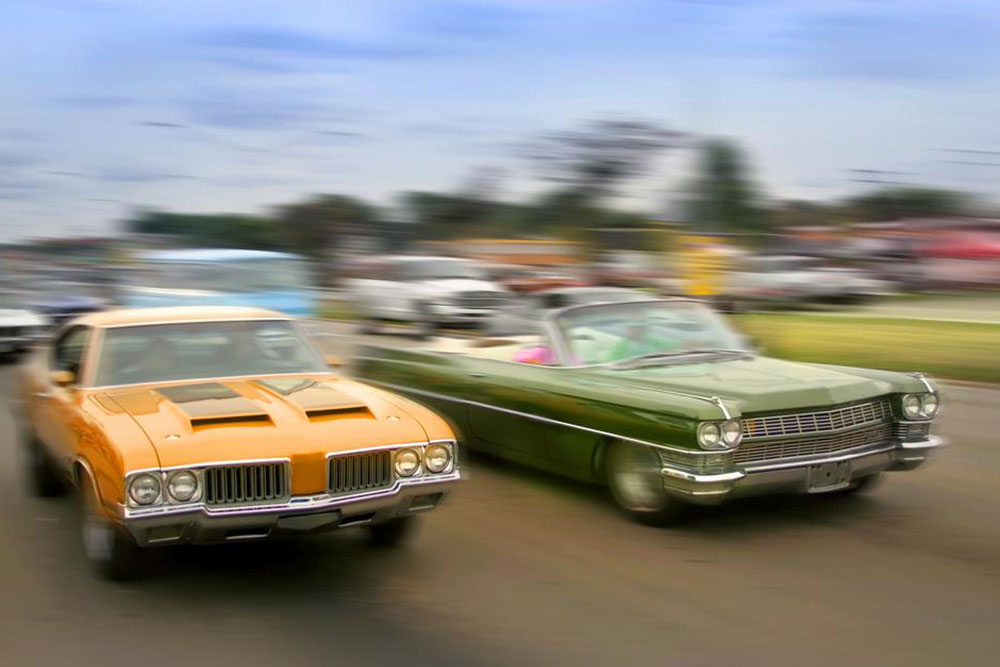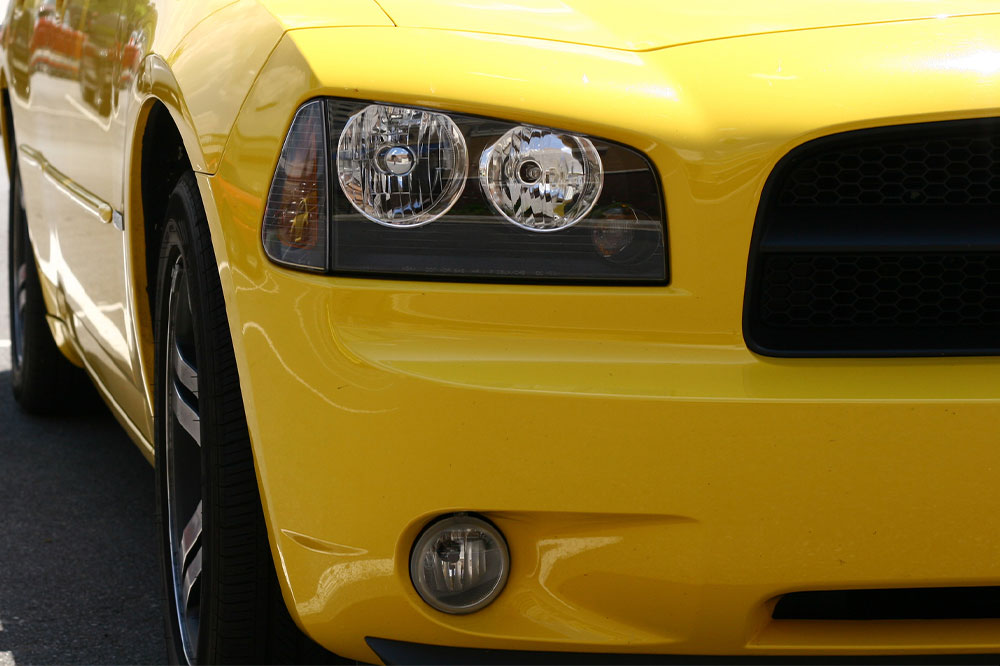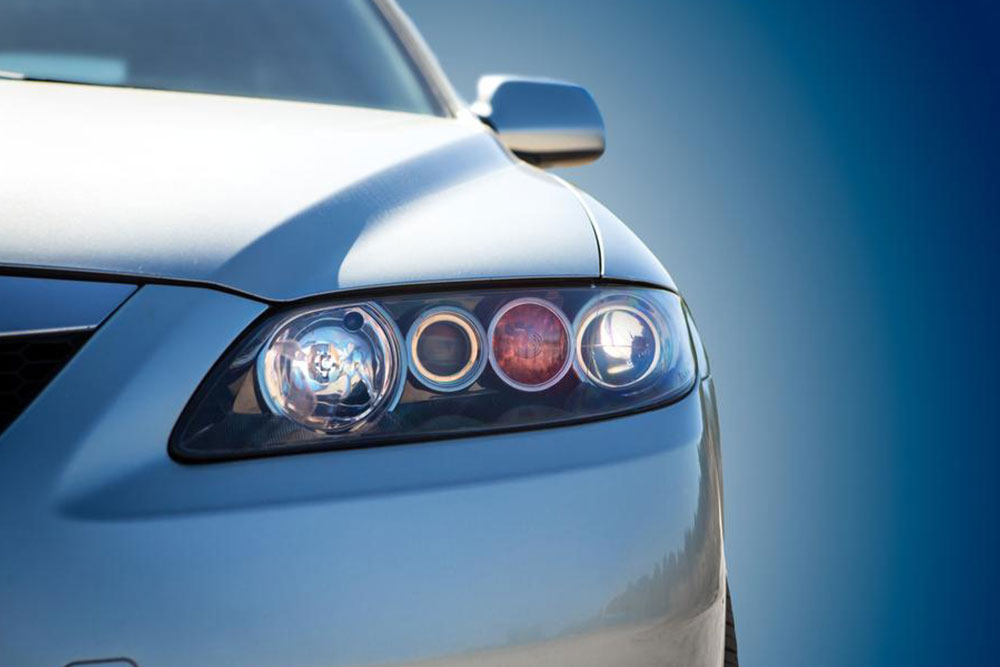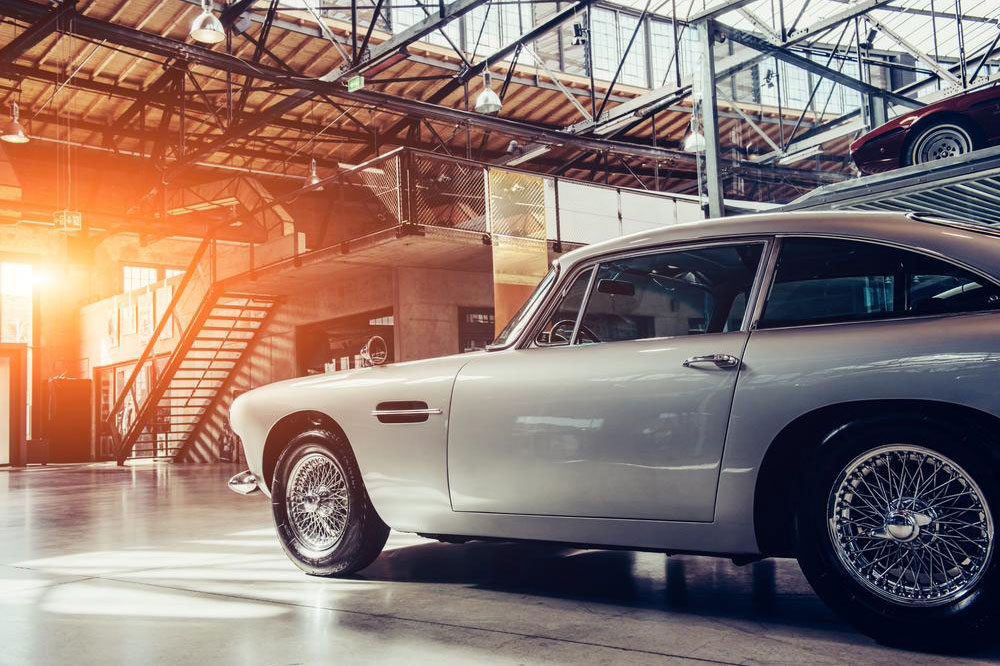Essential Tips Before Purchasing a Used Muscle Car
Discover essential tips for buying a used muscle car, including understanding its craftsmanship, exterior condition, and legal requirements. Learn how to make an informed purchase and enjoy owning this powerful classic responsibly.

Key Considerations When Buying a Used Muscle Car
Are you captivated by the deep growl of a powerful engine or the raw torque that makes the ground tremble? If fast-paced action and iconic muscle cars excite you, then this guide is for you!
Muscle cars evoke a sense of excitement and challenge, embodying speed, strength, and rugged style. These vehicles were originally prized for their pure power and sometimes reckless appeal—born in the 70s and remaining favorites among collectors today. Though modern manufacturing has softened their aggressive edges, vintage muscle cars still hold a special place in automotive history.
Originally, muscle cars were predominantly handcrafted, assembled by skilled workers without automation. This craftsmanship made them uniquely raw and mechanical, often unfamiliar to mechanics accustomed to modern vehicles. Today, manufacturers use robotic arms in assembly lines, so understanding the vehicle’s powertrain is crucial before purchasing a used model.
Visual condition is also important: these cars may have resilient engines but are prone to exterior rust, especially if left exposed to rain and moisture. Proper parking in a garage or shed helps prolong their lifespan. Additionally, insurance costs tend to be higher for muscle cars, so budget accordingly. When buying used, verify legal compliance such as emissions standards, and utilize reputable online platforms like autotrader.com and fossilcars.com to find well-maintained, legally documented options.
In conclusion, owning a vintage muscle car is thrilling but requires careful consideration of practicality, condition, and costs. Proceed with caution to ensure the experience remains enjoyable and affordable.










